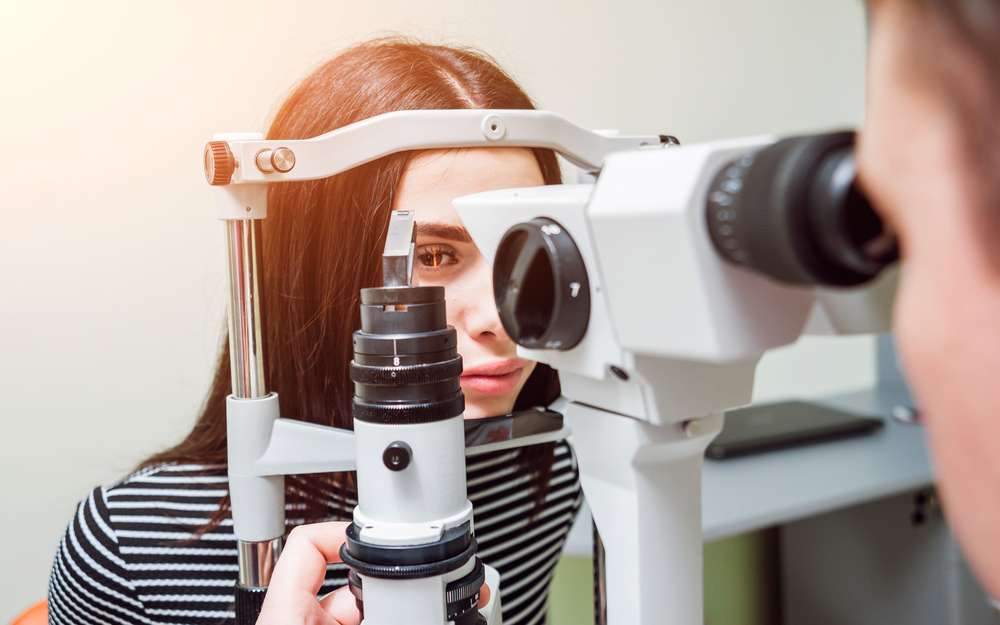
The American Academy of Ophthalmology recommends getting a comprehensive eye exam based on your eye doctor’s suggestion. Many eye conditions do not have symptoms or signs. But your eye doctor can spot the problem in its early stages. This could then give way to early treatments. Here is a short guide about a comprehensive eye exam.
Before the Exam
Your eye doctor will start taking your health history. Prepare to answer questions about your current vision and eye problems. Tell your eye doctor about your work environment, health habits, and medications that you are taking. Your eye doctor will ask about health conditions that run in your family and the past eye issues you had.
Visual Acuity
The measurements from this test can tell your eye doctor the clarity of vision in each eye. You will read from a chart, near or at a distance. Your results will be in the form of a fraction. The number at the top is the basic distance during testing, which is 20 feet. The bottom number is the smallest size of the letter that you can read. The normal result for visual acuity is 20/20.
Topography
This measures your cornea’s curvature. Your eye doctor will focus a circle of light on your cornea. This will measure the reflection rate of the light. The topography measurement is important in determining the correct fit for your prescription contact lenses.
Refraction
Your eye doctor will use this test to see what lens power your eyes need to make up for your refractive error. A phoropter will allow your eye doctor to place a series of lenses in front of your eyes. Then a retinoscope will measure how the lenses focus the light. A refraction test can happen without eye drops. This will help determine how your eyes respond.
Eye Health Check
Dilating eye drops can widen the pupils for a short while so that your eye doctor can see the structures inside your eye. This can help detect unknown systemic and eye diseases. It can help determine your intraocular pressure as well.
After the Tests
Your eye doctor may decide to perform more tests. This is to rule out or confirm potential issues. An additional test can clarify any uncertain results. The confirmed results can help your eye doctor create a treatment plan custom-fit for you. Your eye doctor will talk to you about the eye or vision problems and explain the treatments that you need. This is the time to ask relevant questions. Do not hesitate to do this because this can help you prepare for your treatments.
The Difference Between a Comprehensive Eye Exam and a Vision Screening
A trained and experienced eye doctor can perform vision screenings and comprehensive eye exams. This healthcare provider can diagnose and recommend treatments. A comprehensive eye exam includes the assessment of eye movements and pupil responses. A vision screening is not a substitute for a comprehensive eye exam. Anyone who passes a screening can still suffer from vision issues.
Getting a comprehensive eye exam can help correct any vision or eye health issues and help you prolong your clear eyesight. At Gulf Coast Vision, we work with our patients so they can achieve better eye and general health. You can drop by our clinic in Gulfport, Mississippi, for a one-on-one consultation. Call 228-262-0266 to schedule an appointment or inquire about our comprehensive eye exam packages.








